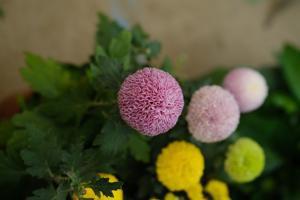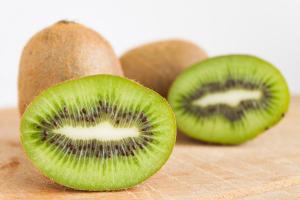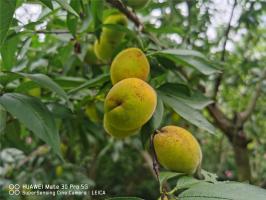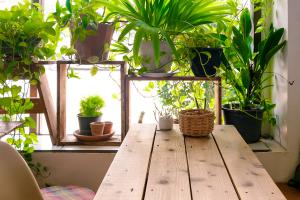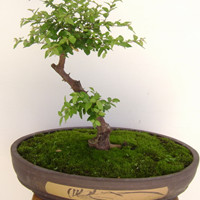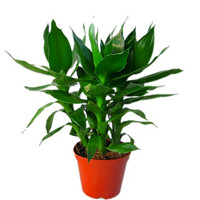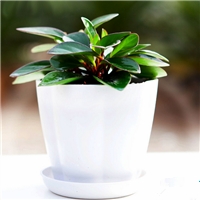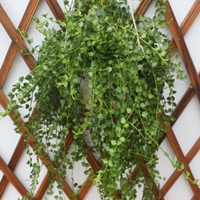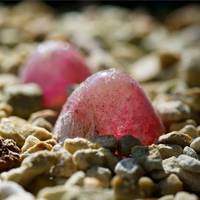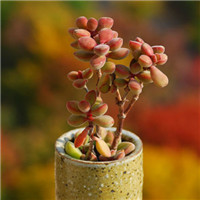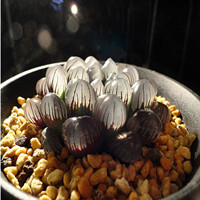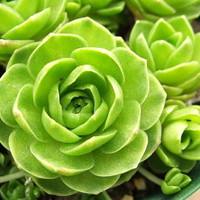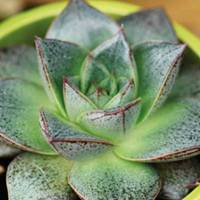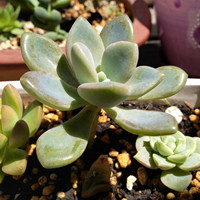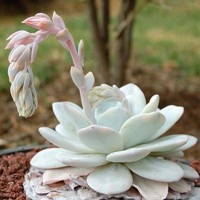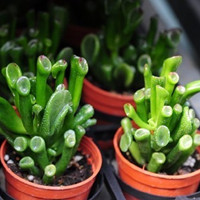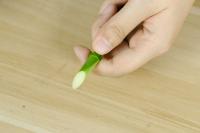Introduction
Tomatoes are one of the most popular fruits to grow in home gardens due to their versatility and delicious taste. However, not all tomato plants thrive in direct sunlight. Many gardeners wonder, do tomato plants need shade? In this article, we will explore the benefits and drawbacks of providing shade for tomato plants.
Benefits of Shade for Tomato Plants
Shade can offer several benefits to tomato plants. Firstly, it can prevent sunscald, a condition where the tomato fruit becomes discolored and damaged due to excessive exposure to sunlight. Shade can also reduce the risk of wilting by reducing the amount of transpiration – the process by which plants release moisture – that occurs in the plant. Additionally, shade can help regulate soil temperature and moisture levels by preventing excessive evaporation.
Types of Shade for Tomato Plants
There are several ways to provide shade for tomato plants. One option is to use shade cloth, a light fabric that can be placed over the plants. Shade cloth comes in different densities, so it is important to choose the right density for your tomato plants. Another option is to create natural shade by planting your tomatoes near taller plants or a structure that can block the sun's rays, such as a trellis or fence. You can also place temporary shade structures, such as umbrellas, over your tomato plants during the hottest parts of the day.
Drawbacks of Shade for Tomato Plants
While shade can offer benefits to tomato plants, it also has drawbacks. One potential drawback is that too much shade can reduce the amount of photosynthesis – the process by which plants convert sunlight into energy – that occurs in the plant. This can lead to slower growth and smaller fruit. Additionally, too much shade can create a humid microclimate that is conducive to the growth of diseases, such as fungal infections.
Conclusion
So, do tomato plants need shade? The answer depends on a variety of factors, including the climate in which you live, the density of the shade you provide, and the amount of direct sunlight your tomato plants receive. If you live in a hot and sunny climate, providing some shade for your tomato plants can help prevent sunscald and wilting. However, it is important to ensure that your tomato plants still receive enough sunlight to promote healthy growth and fruit production. Consider experimenting with different types and densities of shade to find what works best for your tomato plants.

 how many times do yo...
how many times do yo...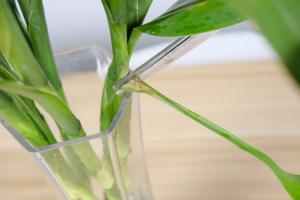 how many planted tre...
how many planted tre...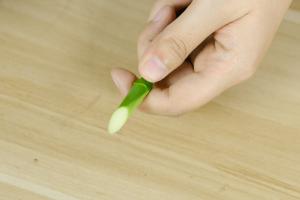 how many pine trees ...
how many pine trees ... how many pecan trees...
how many pecan trees... how many plants comp...
how many plants comp...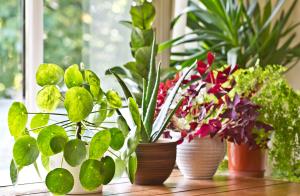 how many plants can ...
how many plants can ...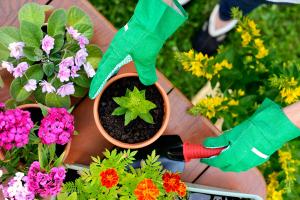 how many plants and ...
how many plants and ...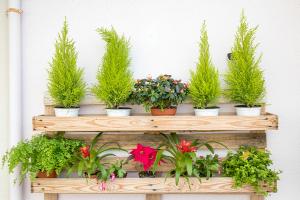 how many pepper plan...
how many pepper plan...